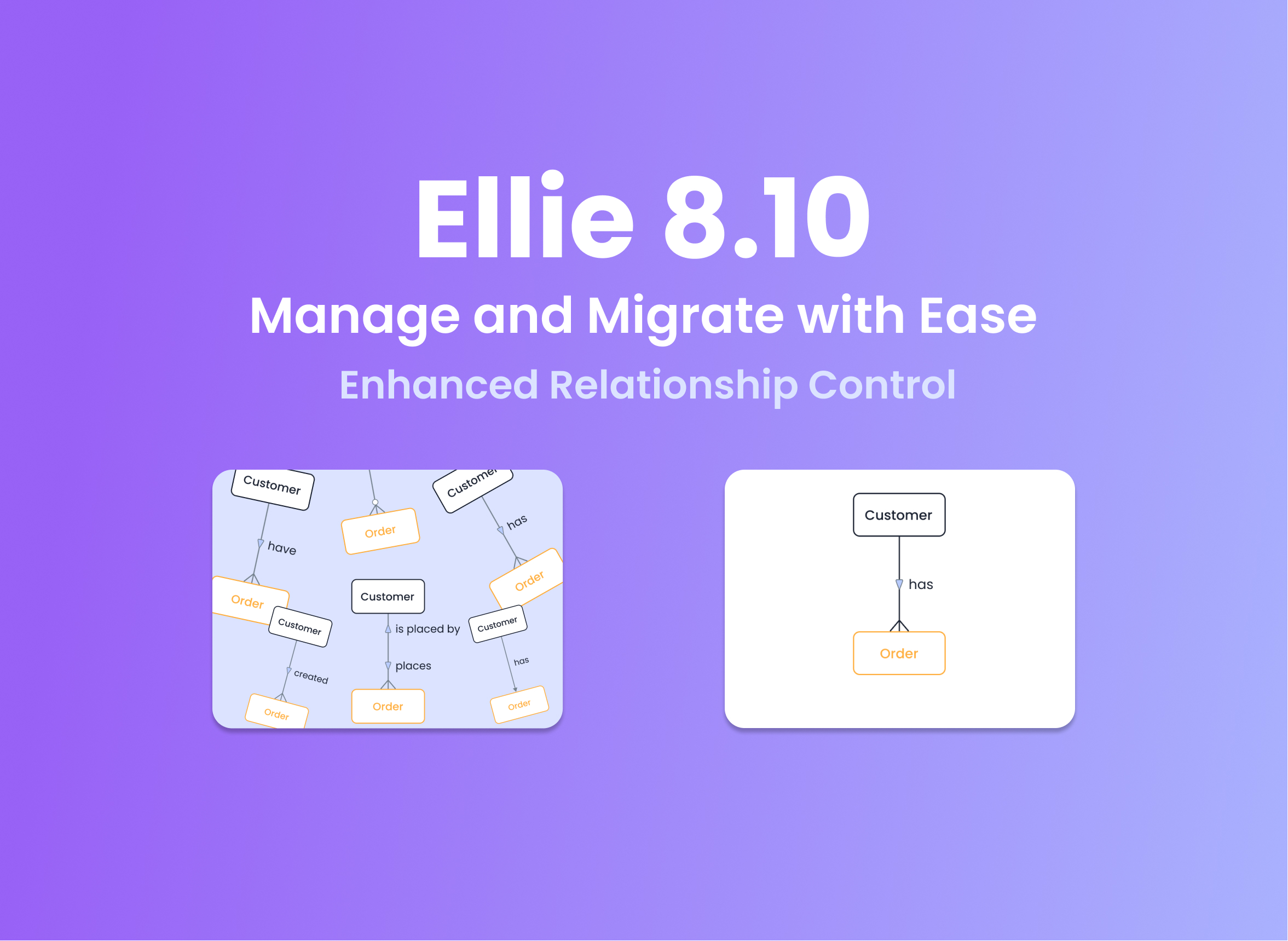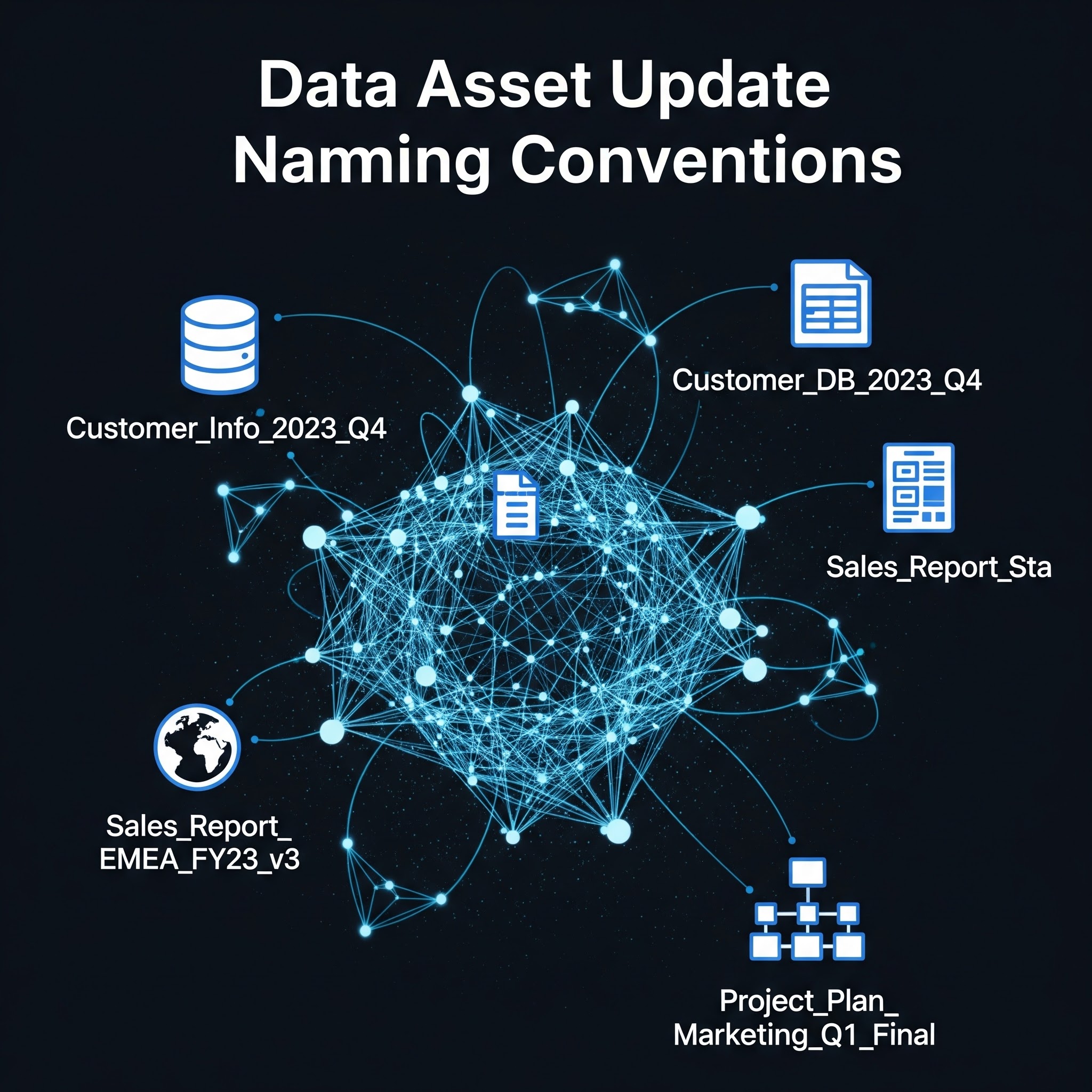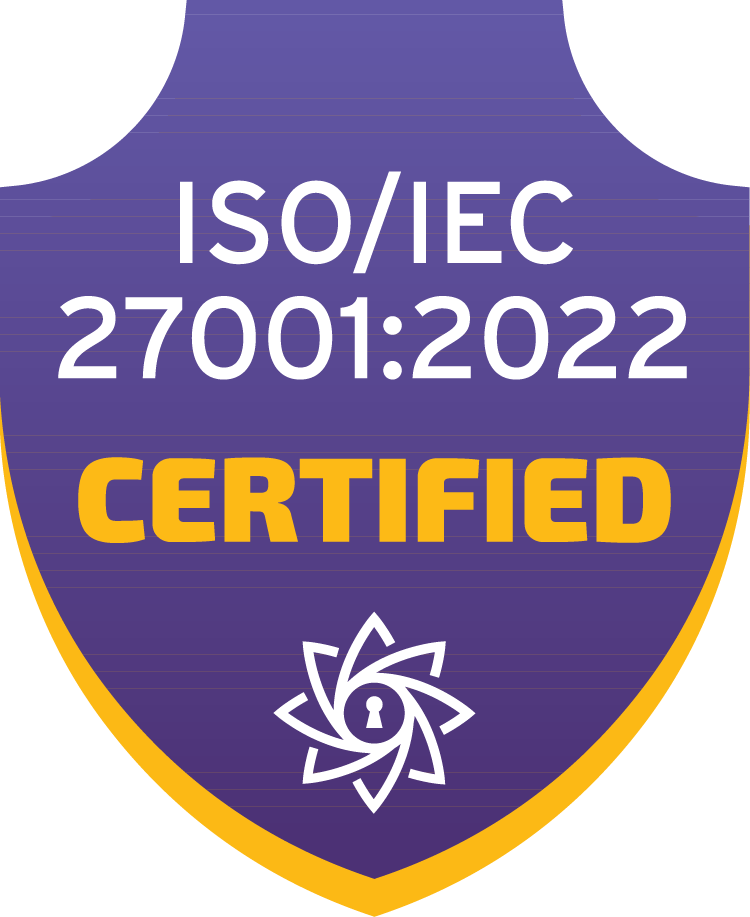Ellie Version 3.8 released: First API Available!


We’re happy to announce that Ellie version 3.8 has been launched! The new version should be automatically there for everyone. You can confirm this by checking the version number from the top-right corner menu, where you should see something like this:

It is possible that in some cases an open session in Ellie during our release might have issues with browser cache, so if you see something else than v3.8, please refresh your browser!
What’s new in Ellie v3.8?
The most important change in Ellie v3.8 is our new Model Export API. It’s the first step of our API-based integration architecture, making it easier and faster to integrate Ellie with all kinds of tools and use cases.
Other changes include a bunch of small bugfixes and improvements in the UX. For example, the user profile page where you can change your password now correctly notifies you if you are attempting to enter your old password as your new one. The full changelog is available on Ellie’s Confluence pages (you can also access this by clicking the version number in Ellie’s top right corner menu).

Why should I use the new Model Export API in Ellie?
The new REST interface allows you to request model contents from Ellie programmatically, removing the need to manually create and download CSV export files. This enables higher levels of automation – although, naturally the old way of working with the files is still available!
The idea is to enable situations where you might want to automatically sync content from Ellie to some other tool. Existing use cases include e.g. Data Vault automation tools, where the models are used as blueprints for further development, or Data Catalogs, where the model’s entities and attributes might be linked with physical metadata.
How can I get started with the new Model Export API?
To prevent misuse, the API is not enabled in every Ellie instance by default. If you wish to start using it, please contact support@ellie.ai and we’ll turn it on for you in no time! Your own Ellie admins then need to generate an API security token via Ellie’s admin menu, which is used to authenticate the API calls.
The Model Export API has public developer documentation available on Ellie’s Confluence pages. This is an embedded Swagger document that you can also use to test the API (provided you have the necessary access, of course!).
In short, via this API you can request the contents of a given model from the endpoint, receiving a JSON response that contains all the entities, attributes, and relationships within that model. You need to define a model by its ID (model IDs are now visible on the model canvas, and can also be found from the model’s URL) and add the security token as a parameter, and you’re good to go!
The future of Ellie’s APIs
The Model Export API is just the first step. As our latest roadmap shows, we aim to release the Glossary API around the end of the year. It will enable reading and modifying the entities and attributes in the glossary via API calls, allowing you to sync not just models but the entire glossary if you will.
We will still keep adding new APIs as we go forward. We’re committed to making Ellie not just easy to use, but also easy to integrate, and our main method for that is going to be opening up as many APIs as necessary.
So what do I do now?
Now you’ve heard the most important news and you’re keen to start working with the fancy new stuff? We recommend you do the following:
- Check that your Ellie is running v3.8
- Read the API documentation on our Confluence
- Contact support@ellie.ai in order to enable the API for your organization
- Get your Ellie admin to set up the security token
- Test your API calls from the Swagger document page, or with a tool like Postman
- Start developing new, powerful automation and integrations!







.jpg)

